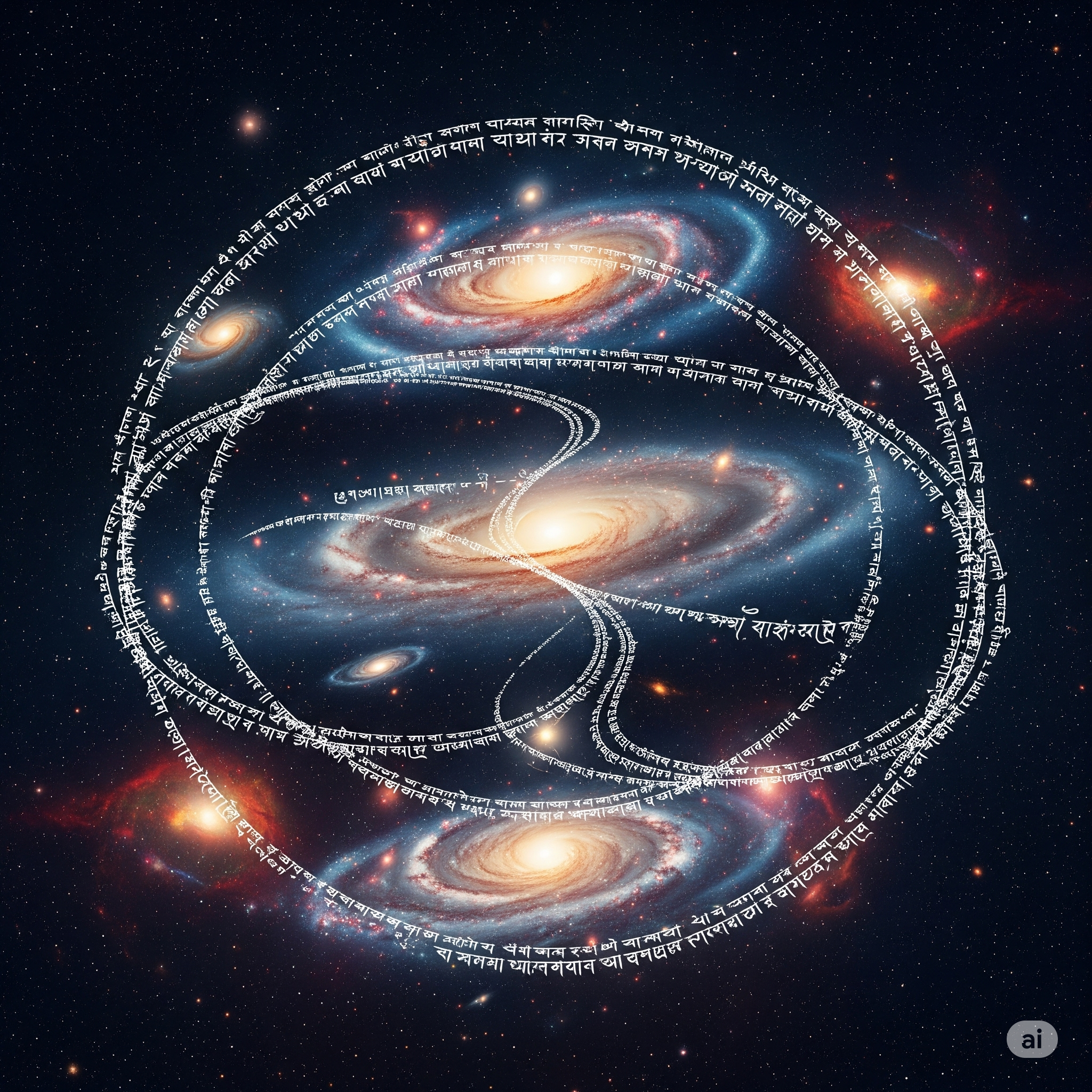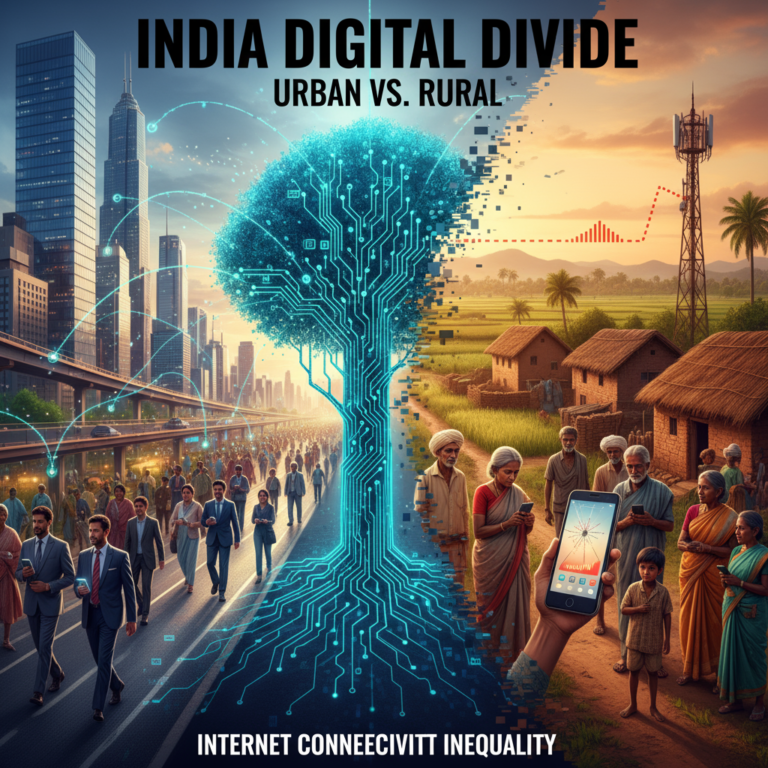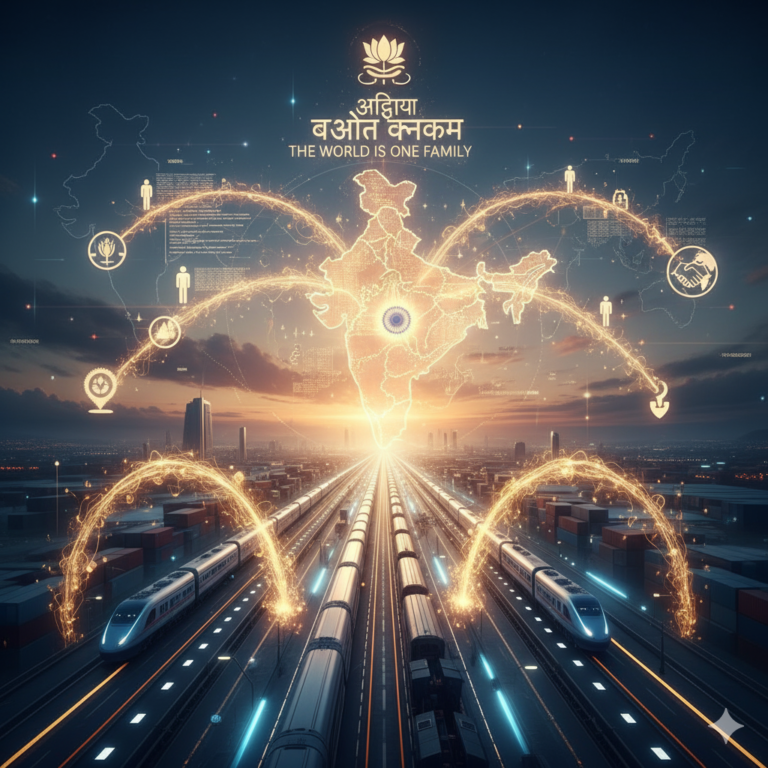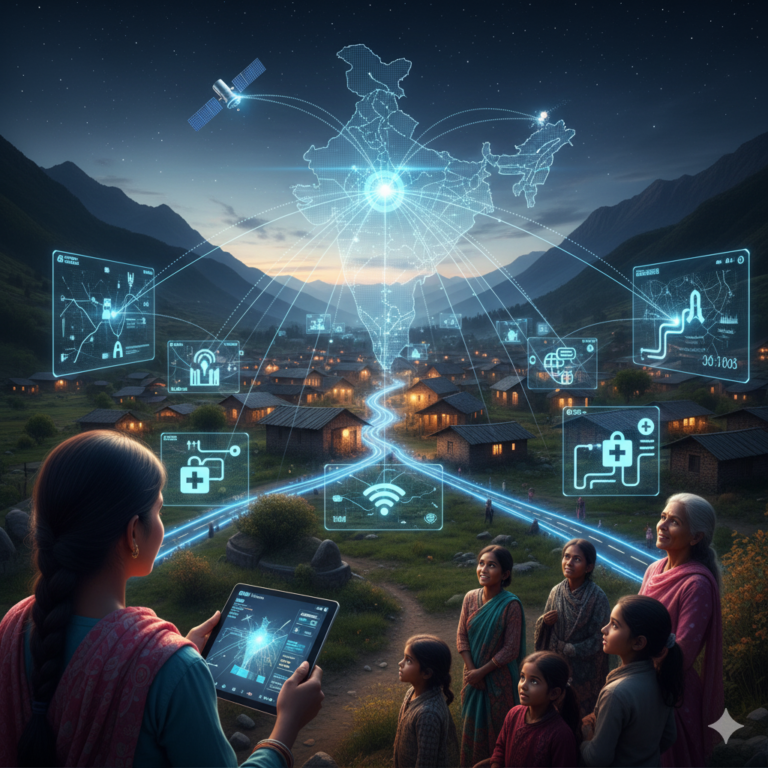A Cosmic Curiosity Rooted in Tradition
Ancient Indian scriptures, particularly the Vedas, Upanishads, and Puranas, contain awe-inspiring references to concepts far ahead of their time. Although often couched in symbolic or mythological language, these texts hint at a profound understanding of the universe. Could they be early attempts to describe phenomena akin to space travel, relativity, or even quantum ideas?
Let’s explore the layers of symbolism, scientific curiosity, and philosophical brilliance embedded in these ancient ideas.
🚀 Vimanas: India’s Mythic Flying Machines
One of the most sensational and often-cited elements of ancient Indian space lore is the concept of vimānas.
Described in texts such as the Mahabharata, Ramayana, and Vaimanika Shastra, vimanas are aerial vehicles used by gods, sages, and even kings. Some notable references:
- The Pushpaka Vimana, used by Ravana and later by Rama
- Flying chariots with multiple levels and weapons
- Propulsion mechanisms described as powered by mercury or wind energy
“Strong and durable must the body of the Vimana be made,” says the Vaimanika Shastra, a text attributed to ancient sage Bharadvaja.
While there is no scientific evidence supporting the existence of such flying machines, the level of detail in some descriptions has intrigued both scholars and fringe theorists alike.
⏱ Time Relativity in Hindu Cosmology
Modern physics explains that time is relative. Fascinatingly, ancient Indian texts also offer similar concepts:
- In the Bhagavata Purana, King Kakudmi travels to Brahma’s realm and returns to find that centuries have passed on Earth.
- The concept of Yugas and Kalpas divides time into vast cosmic cycles, some spanning billions of years.
This suggests an early philosophical grasp of non-linear time, a concept physicists now take seriously in theories of spacetime.
🔬 Ancient Notions of Gravity and Orbits
The Surya Siddhanta, an astronomical treatise estimated to be over 1,500 years old, mentions:
- Earth’s rotation on its axis
- Gravitational pull described as a force that “draws objects toward the center”
- Accurate estimates of planetary diameters and distances
While these observations are not scientifically rigorous by modern standards, they reveal a systematic curiosity about celestial mechanics.
🌍 Multiple Universes and Cosmic Layers
Indian cosmology doesn’t stop with our Earth or solar system. It suggests:
- The existence of many universes (ananta koti brahmandas)
- Each with its own Brahma, Vishnu, and Shiva
- These universes exist in a cyclic rhythm of creation and destruction
This multiverse concept bears uncanny resemblance to modern cosmological hypotheses about parallel universes.
🕵️ Interpreting the Myths: Philosophy or Proto-Science?
While many dismiss these stories as allegory or myth, some interpret them as philosophical thought experiments or even coded scientific ideas.
- Scholars argue that the purpose was to inspire introspection and curiosity.
- Others claim these texts are metaphorical blueprints of deeper scientific truths.
Importantly, there is no verified archaeological or technological evidence that vimanas or ancient space travel existed. Still, the imaginative depth is worth appreciating.
🌐 Global Parallels: Myths Across Cultures
India isn’t alone in this. Ancient civilizations worldwide have:
- Egypt’s solar boats
- Mayan sky gods
- Norse bifrost bridge linking worlds
This raises the question: Was ancient humanity trying to express similar cosmic intuitions in different languages?
🚗 Why This Matters Today
In an age of AI, quantum computing, and space colonization, revisiting ancient wisdom serves two purposes:
- It grounds us in our cultural identity
- It reminds us that the quest to understand the cosmos is not new
As India builds its space infrastructure and inspires a new generation of scientists, acknowledging ancient curiosity adds depth to our modern ambitions.









+ There are no comments
Add yours